This is information that I really wanted to share with everyone, this information is not my own. This great info came to me through a blog I belong too. As people know I think we should be knowledgeable of what is growing around us. We should know what can be harvested out of our own backyards- there is alot of "weeds" out there that we can eat! This was a nice example, I thought it should be shared with all you folks.
I would highly recommend going to Commen Sense Homesteading to see what other great things they have talked about. Enjoy!
Velvetleaf – Weekly Weeder #38 and Wildcrafting Wednesday
With up to 17,000 seeds per plant, velvetleaf is quite prolific. www.wssa.net explains why many farmers hate this plant and now consider it a noxious weed.
Velvetleaf plants are tall and leggy, reaching up to 8 feet tall, but most plants are in the 2-4 foot tall range. The leaves are heart shaped, and soft and velvety to the touch. In a pinch, the soft leaves can be used as a toilet paper substitute. (Do be careful – some people may get an allergic skin reaction from the plant.) This leaf is about half as big as I’ve seen them get – they can reach near dinner plate size.
The flowers are small, yellow, and rather inconspicuous. You can see some open flowers on the Wisconsin Master Gardener site. I caught these late in the day so they were closed.
The seed heads are quite lovely. They are about an inch across.
The seeds themselves are small, dark and heart shaped – and very tough. They are roughly 1/8″ across.
Illinois Wildflowers covers the insect guests of velvetleaf:
As always, any medical information is for informational purposes only. Always exercise caution when using any wild plants and make sure you have positively identified the plant. You can check out my favorite wildcrafting books for more help.
Please Like, Pin or otherwise share this post if you would like the Weekly Weeder series to continue.
Mountain Rose Herbs stocks many of the herbs and plants featured on Wildcrafting Wednesday. They also carry an assortment of bottles, droppers and other supplies, plus some really soft organic cotton t-shirts.

Self-sufficient living and back-to-basics tips to save food, money, and resources are great, too – if it involves traditional methods of homemaking and home healing then we want to read about it! Maybe you’ve got a sweet stillroom, a beautiful herb garden or a handy cold frame – tell us about it.
Just link up your post using the linky widget, add a link back here, and leave a comment below telling a bit about your post. Return links benefit everyone, so please don’t skip that step. Older posts are welcome, but skip the giveaways, since those links become outdated. (You can leave a link to a giveaway in the comments, if you like.)
I would highly recommend going to Commen Sense Homesteading to see what other great things they have talked about. Enjoy!
Velvetleaf – Weekly Weeder #38 and Wildcrafting Wednesday
Posted: 03 Oct 2012 09:30 PM PDT
Today’s featured plant is Velvetleaf, Abutilon theophrasti.
Velvetleaf is also known as China Jute, Buttonweed, Butterprint , Indian Mallow, Piemarker, Wild Cotton, abutilon, elephant ears, cottonweed, abutilon hemp, Manchurian jute, and American jute . (source)Range and Identification of Velvetleaf
Velvetleaf is native to Asia and was introduced to America via India. The University of Tennessee Extension states:Velvetleaf originated in either China or India. Its use as a fiber crop in China dates to 2000 B.C. or earlier. It is still grown there for fiber, which is used to make ropes, coarse cloth, nets, paper and caulk for boats. Whether as foreign material in crop seed or as an intended fiber crop, velvetleaf arrivedVelvetleaf is now found through almost all of North America, except for the extreme north (see map). It’s found in field, along roadsides and railways, in gardens and waste areas. It’s an annual with a deep tap root.
in North America probably before 1700, and became widespread along the East Coast by the early 1700s. Because the colonies desperately needed fiber for
rope and cloth, velvetleaf was widely cultivated in the mid-1700s. Although attempts to process velvetleaf fiber never succeeded economically, U. S. farmers continued to cultivate it for more than 100 years.
With up to 17,000 seeds per plant, velvetleaf is quite prolific. www.wssa.net explains why many farmers hate this plant and now consider it a noxious weed.
Velvetleaf seeds have tough seed coats which protect them against digestion by farm animals; in fact, experimental germination of velvetleaf seed requires scarification with 1 M sulfuric acid for 15 min or boiling for 1 min (9). Seeds can remain viable for 50 yr when stored in the soil (12); one researcher reported 43% germination after 39 yr of burial (11). The seeds and seed coats also have chemicals and microbial agents which inhibit growth of bacteria and fungi.Because it is in the same family as cotton, it can act as a host plant for diseases and insects. Also, it have been shown to depress germination rates of other plants (see above article for more info). (Maybe it could be used as a trap plant?)
Velvetleaf plants are tall and leggy, reaching up to 8 feet tall, but most plants are in the 2-4 foot tall range. The leaves are heart shaped, and soft and velvety to the touch. In a pinch, the soft leaves can be used as a toilet paper substitute. (Do be careful – some people may get an allergic skin reaction from the plant.) This leaf is about half as big as I’ve seen them get – they can reach near dinner plate size.
The flowers are small, yellow, and rather inconspicuous. You can see some open flowers on the Wisconsin Master Gardener site. I caught these late in the day so they were closed.
The seed heads are quite lovely. They are about an inch across.
The seeds themselves are small, dark and heart shaped – and very tough. They are roughly 1/8″ across.
Wildlife Uses of Velvetleaf
Wisconsin Master Gardener states:In the U.S., the prairie deer mouse (Peromyscus maniculatus) and the white-footed mouse (Peromyscus leucopus), eat 70-90% of the seeds produced in Iowa corn fields, and likely they or similar rodents do the same elsewhere. Many insects also feed on the seeds, especially the native scentless plant bug (Rhopalidae) Niesthrea louisianica, whose immatures and adults feed on seeds of malvaceous plants. Inundative releases of this bug were used for biological control in New York and four midwestern states, resulting in a significant reduction in seed viability in the areas where it was established.The University of Tennessee says the seeds are also eaten by mourning doves and quail.
Illinois Wildflowers covers the insect guests of velvetleaf:
The nectar and pollen of the flowers attract various kinds of bees, including bumblebees, leaf-cutting bees (Megachile spp.), miner bees (Melissodes spp.), and Halictid bees. Occasionally, small butterflies and skippers visit the flowers for nectar, while Syrphid flies feed on the abundant pollen. Two insects feed destructively on VelvetLeaf. The caterpillars of Pyrgus communis (Checkered Skipper) make folded-leaf nests from which they feed, while a scentless plant bug, Niesthrea louisianica, feeds on the floral buds, flowers, and seeds.
Is Velvetleaf Edible?
The seeds are commonly eaten in China and India. I tried some myself today. they have a rather nutty flavor, and are easier to chew than sunflower seeds. Wikipedia says the leaves are edible, but I don’t always trust their info.As always, any medical information is for informational purposes only. Always exercise caution when using any wild plants and make sure you have positively identified the plant. You can check out my favorite wildcrafting books for more help.
Please Like, Pin or otherwise share this post if you would like the Weekly Weeder series to continue.
Mountain Rose Herbs stocks many of the herbs and plants featured on Wildcrafting Wednesday. They also carry an assortment of bottles, droppers and other supplies, plus some really soft organic cotton t-shirts.

Wildcrafting Wednesday
I’m joining up with Kathy at Mind, Body and Sole and Sharon at Wood Wife’s Journal to host Wildcrafting Wednesday. Please share your stories on how you incorporate herbs into day-to-day life. We welcome anything and everything herbal – from crafts to cleaning to tinctures to cooking. Home remedies for common ailments are especially appreciated.Self-sufficient living and back-to-basics tips to save food, money, and resources are great, too – if it involves traditional methods of homemaking and home healing then we want to read about it! Maybe you’ve got a sweet stillroom, a beautiful herb garden or a handy cold frame – tell us about it.
Just link up your post using the linky widget, add a link back here, and leave a comment below telling a bit about your post. Return links benefit everyone, so please don’t skip that step. Older posts are welcome, but skip the giveaways, since those links become outdated. (You can leave a link to a giveaway in the comments, if you like.)
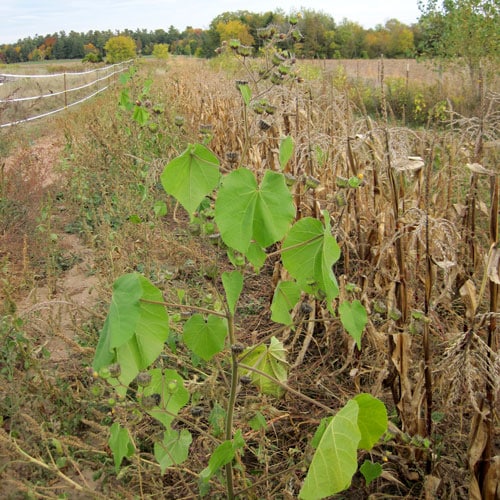

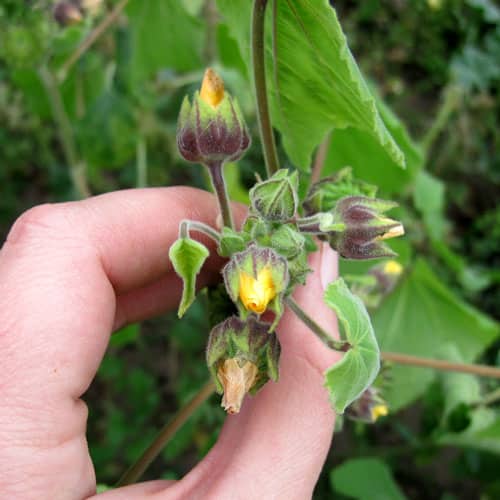
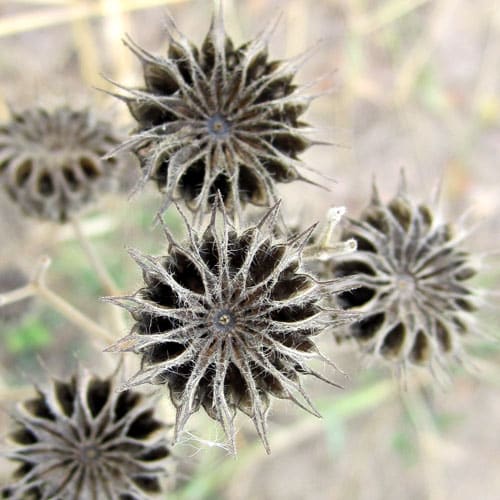
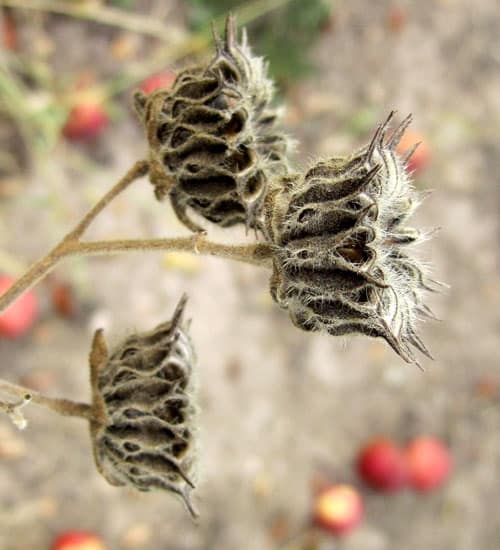
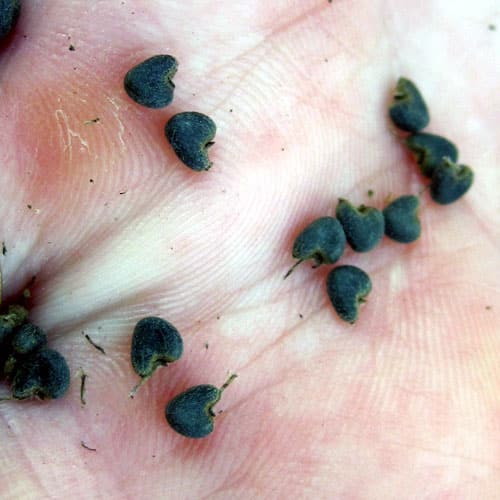
No comments:
Post a Comment